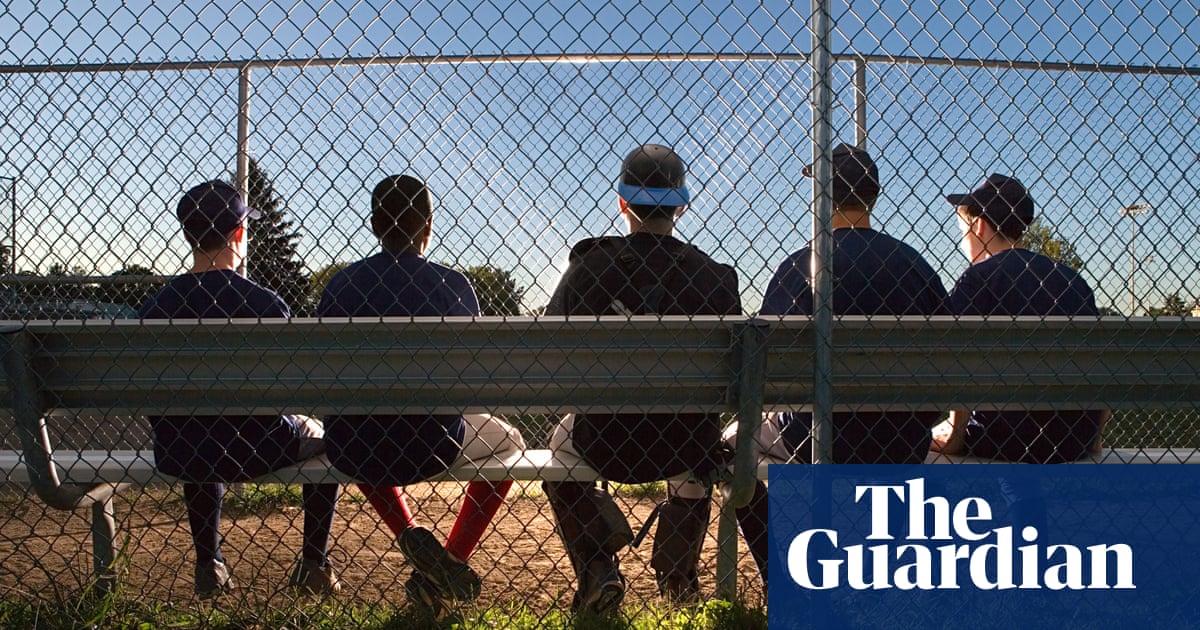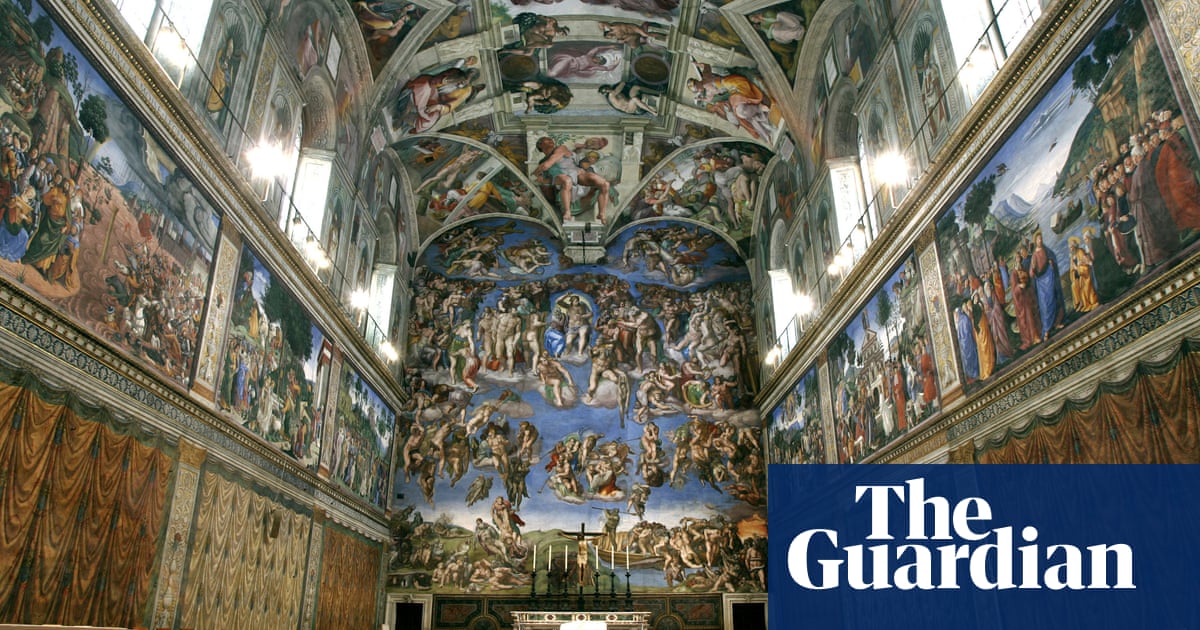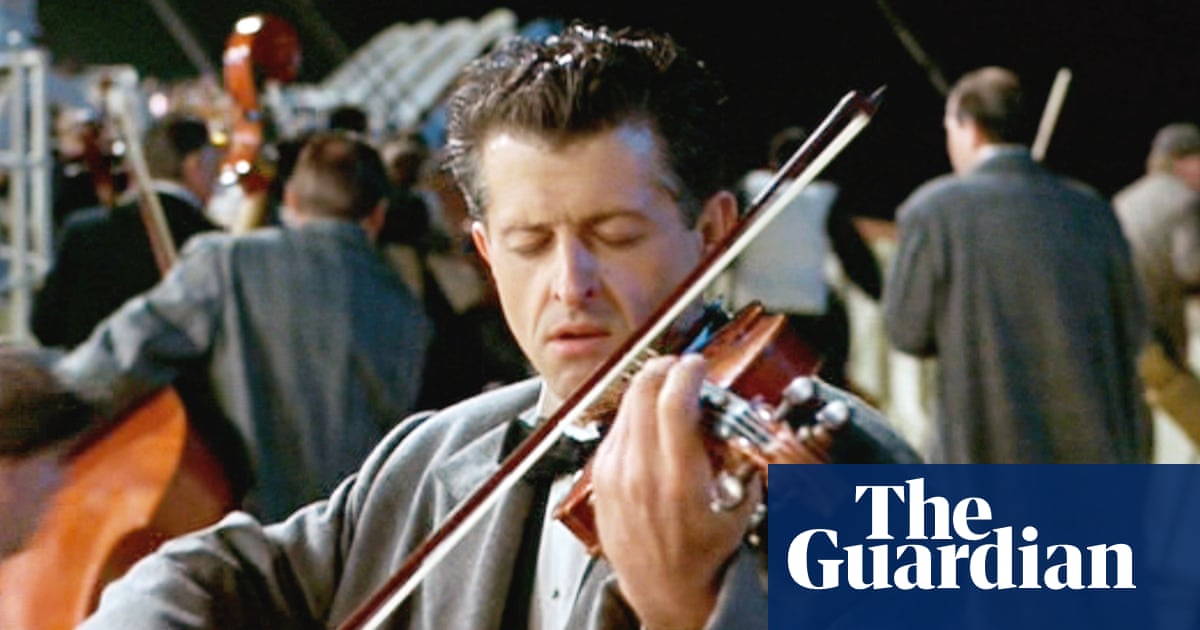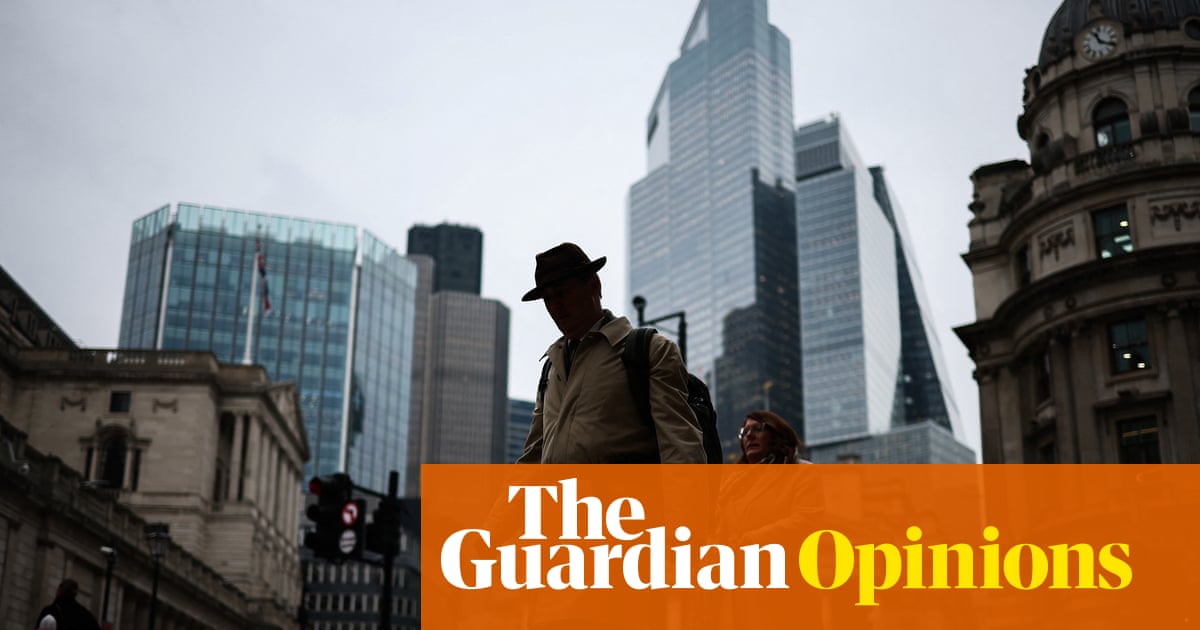The New York City subway map has always been tricky to decipher. Unlike those in cities from Boston to London to Tokyo, the longstanding New York map hews fairly closely to the image of the city aboveground.
Central Park is clearly depicted, as are the individual bodies of water within it; you can see the shape of each borough and the rivers and ocean framing them. Overlaid across it all is a tangled web of subway lines, daunting to the first-time visitor – especially when it comes to distinguishing between local and express trains.
For the first time in nearly 50 years, that is changing. This month, the city’s Metropolitan Transit Authority (MTA) revealed a new map – or, perhaps more properly, a new diagram – that lays out the system more geometrically.
The outlines of the boroughs are still there, but far more simplified. Central Park has been reduced to a greenish square. The subway lines themselves, meanwhile, are far bolder and clearer, with separate paths shown for each train. The overlapping A, C and E trains, for instance, once shared a single blue line with tiny letters denoting which train stopped where. Now they form a thick blue trio that branches out when the lines separate.

According to the MTA, the new diagram, the first major overhaul since 1979, seeks to simplify the image while offering “the most essential travel information in an easily readable, bright, bold, and orderly manner”. It hearkens back to a divisive predecessor: Massimo Vignelli’s 1972 diagram, known as the Unimark map, which firmly prioritized legibility for subway riders over an accurate representation of the New York landscape. Vignelli is something of a design hero, having helped shape the whole look of the subway system. But many New Yorkers hated his map, and it was gone by 1979, replaced by an early version of the Tauranac/Hertz map – the one you know if you visited the city before 2 April.
Still, the Unimark map is far closer to the feel of many other cities’ subway diagrams, which offer virtually no sense of what a city actually looks like. London’s Tube map, designed in the 1930s by Harry Beck – whom Vignelli called the “father of all contemporary kinds of subway maps” – is known for its beauty and its total irrelevance to reality. As Bill Bryson has pointed out, a tourist reading Beck’s map and trying to get from Bank to Mansion House could ride two lines and six stops – or walk 200ft down the street.
So if these diagrams work perfectly well elsewhere, why were New Yorkers so frustrated with Vignelli’s attempt? According to the writer and mapmaker Jake Berman, the author of The Lost Subways of North America: A Cartographic Guide to the Past, Present and What Might Have Been, the answer lies in part in the grid layout of most Manhattan streets.
If you want to go from 51st Street and Sixth Avenue to 42nd and Fifth, it’s easy to calculate that you need to go nine blocks downtown and one block east. That creates “a unique challenge for a cartographer trying to illustrate New York, because everybody knows where everything is”, Berman says.
“When you’re designing a transit map, the standard way, as in London or Madrid or Paris, is to distort the geography so that the transit network makes sense and it straightens out the spaghetti of the subway line into something intelligible.” In many cities, the streets are so confusing that it doesn’t matter if the subway diagram doesn’t match. But in New York, “if you show Second Avenue to the east of First Avenue, you’re going to look at the map and say: ‘What is this?’”
On top of all that, some disliked the Unimark map’s modern look and its colors. “I showed it to my mom and she said: ‘Why is the water brown?’” Berman says.

But Vignelli’s wasn’t the first New York subway map to opt for the diagrammatic approach. In fact, the New York City Transit Authority’s first map, which came out in 1958, did the same, according to Jodi Shapiro, the curator of the New York Transit Museum, a self-sustaining division of the MTA. (Maps existed before then, but they were largely the domain of third-party companies.) The map, Shapiro says, is “always a work in progress”, a “living document”. While it’s been decades since a major change, the existing map was constantly being tweaked. And the new map didn’t suddenly spring to life – it was the product of a decade of work, Shapiro says. “There’s always been two sides of thinking about which is a better map for New York? Is it a diagram, or is it an actual geographic map?”
She surmises that the designers of the new version sought to pull the best ideas from both versions. Will New Yorkers like it? Shapiro expects it to be divisive. “Old ideas die very, very hard in New York, especially in the transit system,” Shapiro says.
Indeed, one of the first passengers to lay eyes on the design gave the New York Times a middling review: “Meh.” But some New York rail fans have been enthusiastic: “I like it. Looks like a map made out of multicolored computer wires,” wrote one Reddit user. “Love that the Vignelli map is back,” wrote another.
A third said: “Vignelli-style diagram is better for understanding how to navigate from one station to another, but worse for understanding where stations are relative to real-world destinations … Maybe that’s okay. People don’t navigate the same way in 2025 that they did in 1979.”
Berman echoed that point: the shift may mean New York is ready for the kind of map it dismissed in the 70s. Today, “everyone has Google Maps on their phone so they can adjust once they’ve come above ground,” Berman says. And “on the design front, at least the water is blue and the parks are green.” It might also help that the Vignelli map has achieved a quasi-legendary status, having earned a place in New York’s Museum of Modern Art.
Still, this is New York, so the map is bound to take some getting used to. “New Yorkers will complain about anything. It’s the municipal sport,” Berman says.
Shapiro agrees. “New Yorkers are kind of not cool with change at the outset – for the first couple of days, everybody is up in arms,” whether the change is to subway maps or Nathan’s french fries. But in the end, “does it help people get to where they want to go? If it does that job, then it’s a success, no matter what you think of the aesthetics.”

 3 hours ago
5
3 hours ago
5













































